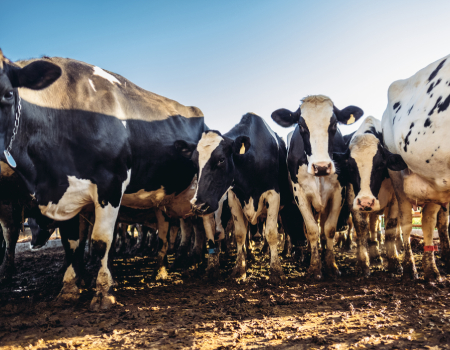Agriculture
 Hydrogen from slurry, chicken dung, digestate water and biogas hold a huge amount of energy potential. Plasmalysis enables huge quantities of hydrogen (<20kWh/kg H2) and nitrogen to be produced from organic residual materials in agriculture. Purified water remains as a "waste" product.
Hydrogen from slurry, chicken dung, digestate water and biogas hold a huge amount of energy potential. Plasmalysis enables huge quantities of hydrogen (<20kWh/kg H2) and nitrogen to be produced from organic residual materials in agriculture. Purified water remains as a "waste" product.
When using biomethane, plasmalysis of the methane breaks it down into its molecular components of hydrogen (<10kWh/kg H2) and solid carbon, while removing carbon dioxide from the atmosphere. Graforce is therefore for the first time offering a real alternative to the controversial CCS storage of CO2 (carbon capture storage).
This hydrogen can be used in agriculture to generate CO2-free heat and electricity, or as fuel in fuel cell and HCNG vehicles. Nitrogen, on the other hand, it is an important process gas that is needed in many industrial sectors worldwide. In addition to using them oneself, hydrogen, industrial gases or synthetic fuels can also be sold on.
By recycling slurry and other nitrogenous waste products, agriculture reduces the nitrogen load in the groundwater while at the same time opening up new areas of business.
Would you like to find out everything there is to know about the various possible uses of plasmalysis in agriculture? We would be happy to advise you, on custom adaptations as well.


